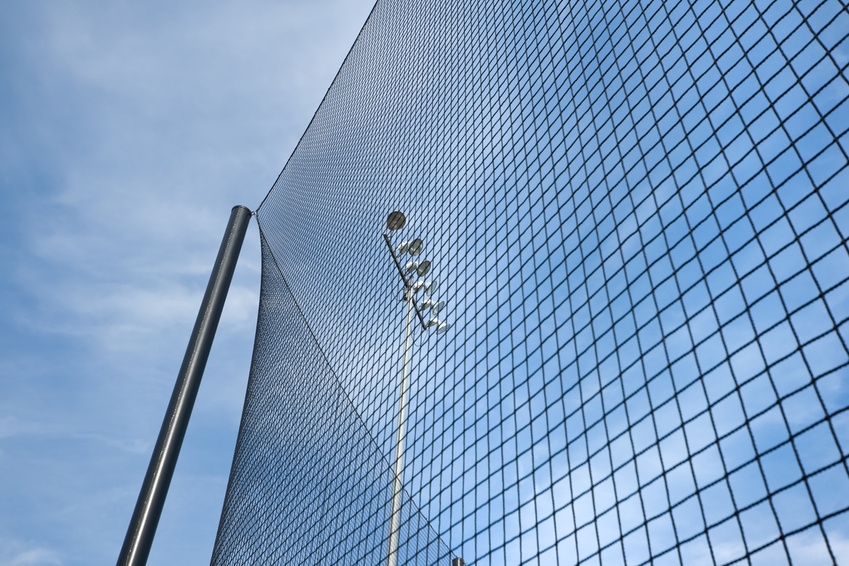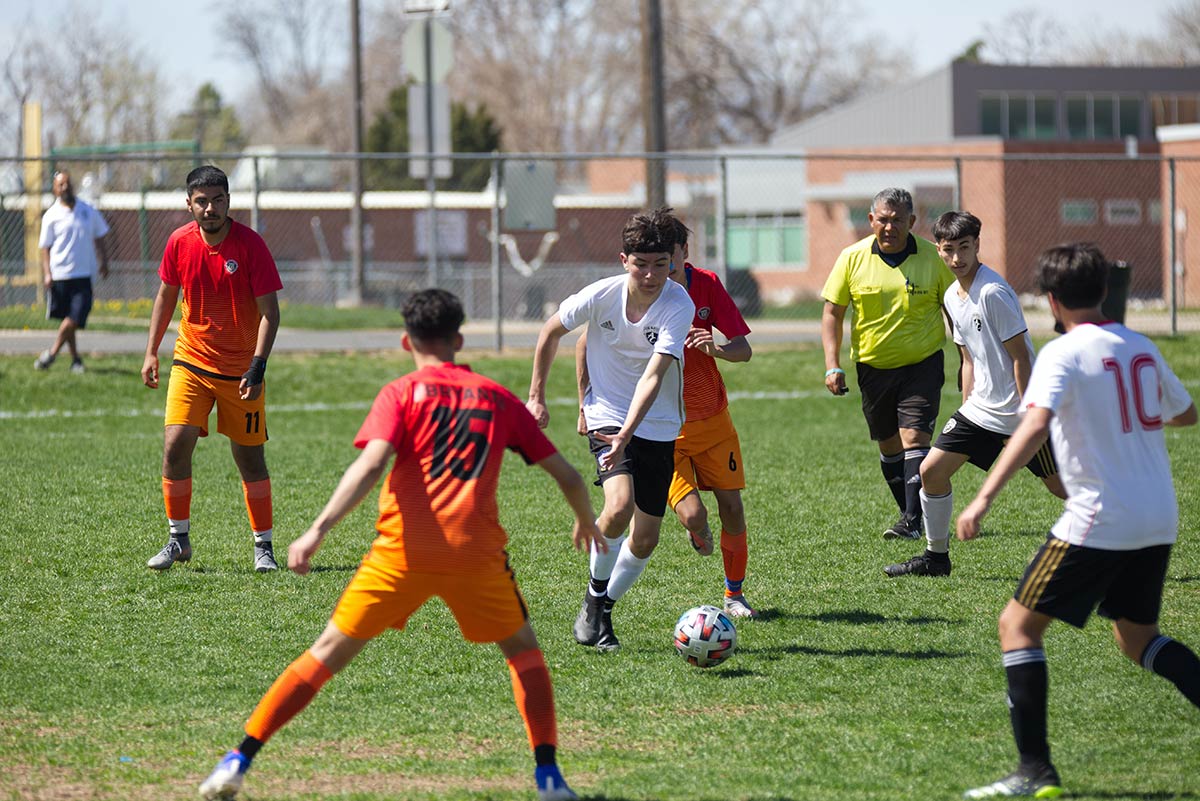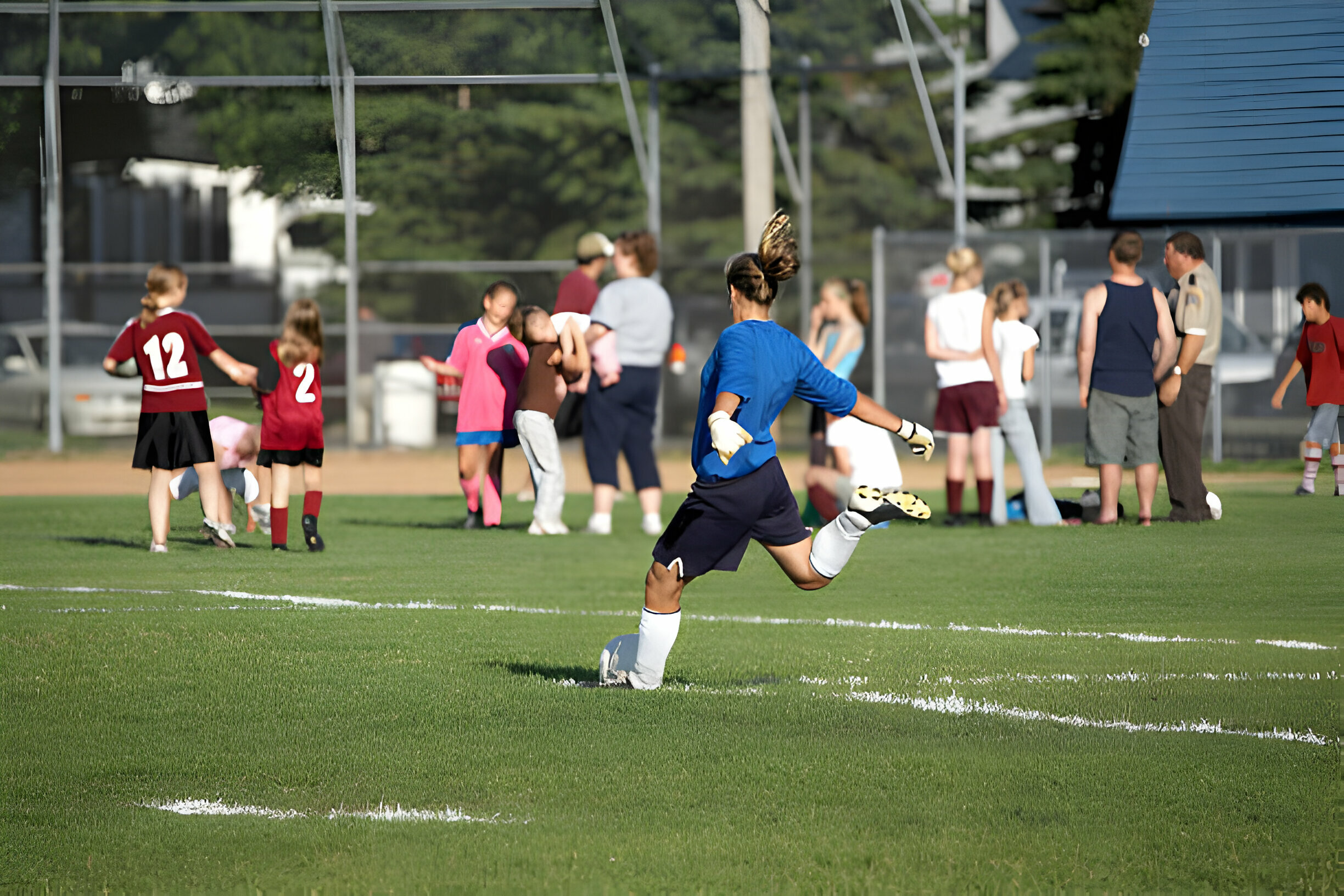What UFC can learn from mistakes boxing made during Spanish flu outbreak | Sport
At the end of the first world war, the USS Siboney made 17 transatlantic voyages carrying troops to and from Europe. During one of those crossings, a photograph was snapped of American soldiers watching a boxing match with the ocean as their backdrop. The vast majority of the soldiers wore facemasks to protect themselves from the influenza pandemic that was spreading across the globe. The photo captures one of the most severe pandemics in human history and how its effects trickled down to sports.
Now a century removed from the Spanish flu, the world is once again in a global pandemic. Airports have been shuttered, borders closed, and mass gatherings have been banned around the world as Covid-19 spreads. Sports leagues and organizations, most recently the UFC, have suspended competition.
And yet, the UFC has hinted that it is preparing to host events on a private island or Native American tribal lands in the near future – a reckless attempt to avoid government mandates and stay-at-home orders. Given the promotion’s continued defiance in the face of Covid-19, it should at least take into account the experiences of other combat sports during the Spanish flu outbreak.
Boxing, like much of the rest of the world, came to a standstill during the last pandemic. A story on 13 October 1918 in the New York Times gave the details:
“Boxing in the East is now at a standstill, because of the epidemic of Spanish influenza. Promoters in Philadelphia, Boston, and New Jersey, in compliance with requests issued by their different Health Departments, have agreed to close up shop. How long the sport will be idle remains to be seen, but it is positive that no matches of any importance will be undertaken while the epidemic continues.”
Boxing clubs across the country closed as they prepared to deal with the virus ravaging their cities. One of the affected fights was between heavyweight contender Jack Dempsey and light-heavyweight champion Battling Levinsky, who were scheduled to compete in October 1918 in Philadelphia.
While fights across much of the country were sidelined during October – one of the deadliest months for the pandemic in the United States – the shutdown did not last long. The 27 October 1918 edition of the Milwaukee Journal revealed that “November promises to be replete with boxing action, that is, if the Spanish flu ever takes the count.” Another headline from that same date in the Cleveland Plain Dealer read, “Boxing is Resumed Gradually in East as Flu Ban Moves.”
The Dempsey v Levinsky bout eventually went ahead on 6 November, and Dempsey defeated Levinsky by third round KO. Dempsey would go on to fight 11 more times during the pandemic, including his lineal heavyweight title win against Jess Willard in July 1919. Other notable boxers such as Gene Tunney, Harry Greb, San Langford, and Benny Leonard fought dozens of times during the pandemic.
Despite boxing returning to business as usual in late 1918, several boxers succumbed to the virus, including heavyweight Jim Johnson, Terry Martin, Matty Baldwin, Jim Stewart, Samuel Ranzino, Joe Stein, Al Thomas, and Joe Tuber. Boxing promoter Paddy Carroll and boxing club owner Lorenzo Snow also died from the virus. Canadian sports promoter George Kennedy, who promoted wrestling, boxing, and was best known as the owner of the Montreal Canadiens ice hockey team, contracted the Spanish flu during the pandemic and never fully recovered, eventually passing away from complications related to the illness in 1921.
Several other renowned boxers contracted the virus but managed to recover. Retired heavyweight Jim Jeffries, a former world heavyweight champion who was most famous for being the “Great White Hope” for attempting to dethrone African American heavyweight champ Jack Johnson in the 1910 ‘Fight of the Century’, made a surprise recovery in November 1918 at age 43.
It remains unclear how many boxers contracted the virus while competing during the pandemic. What we do know, however, is that there were very few policies implemented to mitigate the spread of the virus. Fans were allowed to attend the events, while hygiene was not generally of the standard it is today. UFC has said it will hold events without a live audience but it still plays a dangerous game if it wants fighters to brawl in close quarters during a pandemic – and that’s before the threat to officials and televisions crews, not to mention the fact that traveling across the country risks spreading the virus to different communities.
UFC President Dana White remains defiant though. And while he was unable to go ahead with the UFC 249 pay-per-view event, he maintains that the UFC will be the “first sport back” and that “Fight Island is real”. On Wednesday, he said he plans to host an event as soon as 9 May.
While governments and hospitals are better prepared to handle a pandemic now than they were a century ago thanks to a medical revolution and the lack of world wars depleting infrastructure and services, it is important that sports leagues and organizations refrain from taking any reckless action during a global health crisis. Instead, promotions such as the UFC should look back on history and learn from the mistakes of the previous pandemics.



